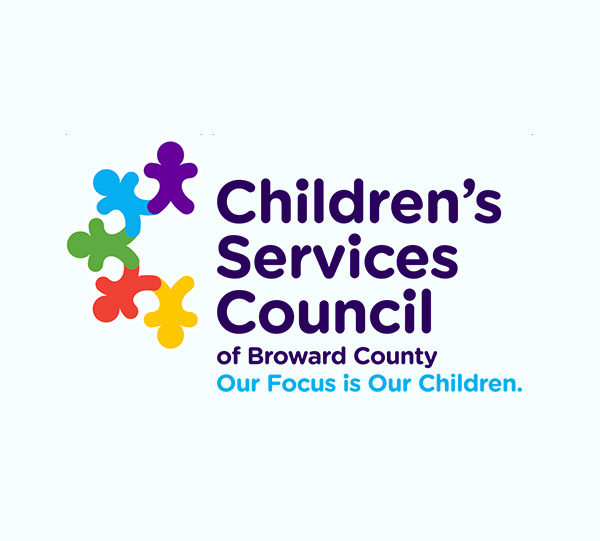Not Worth Arguing About: FAKE CONFLICTS
Resource Type
Family Resources
Resource Topic
Share this post

By Judith Lavori Keiser
Suppose your child complains about something a sibling or friend said or did. How can you empower your child to solve this problem? One way is to help them understand what kind of conflict is going on, because different strategies work best with different types of conflicts.
REAL OR FAKE?
Conflicts can be either real or fake. What’s the difference? Real conflicts involve resources, values and needs. These include the typical fights between siblings over time, space and stuff. We’ve all heard, “you’re wearing my sweatshirt! Your stuff is on my side of the bedroom! You’re taking too much time in the bathroom!” Many strategies exist to resolve these conflicts.
But there are other conflicts that can be dismissed without using valuable time and emotional energy: fake conflicts. There’s no point in arguing over those.
TYPES OF FAKE CONFLICTS
Misunderstandings, facts and opinions are examples of fake conflicts that aren’t worth arguing about.
Misunderstandings: Suppose I hear you say something unkind I think is about me. But it was about someone else. Or suppose I say something that upsets you, but I didn’t mean it the way it sounded to you. How can you and out if someone really did or said what we believe they did?
Ask! Many preventable conflicts are caused by misunderstandings. Check what you heard and thought against what the person said or meant. First, ask them what they said. Maybe you heard wrong – many words sound alike, even opposites like “can” and “can’t.” So ask: “Did you say I can or can’t borrow your charger?”
What if you heard right? Then explain what you thought they meant, and ask if that’s what they really meant to say. More often than not, they didn’t actually mean to hurt your feelings. Sometimes they were talking about something completely different. Sometimes it just came out wrong. In any case, they have a chance to clarify what they meant and explain why they said it.
Questions of fact: Suppose we disagree about when the Patriots last won the Super Bowl? There’s no need to fight about a fact. Just look it up! If both people want to know the truth, then all you have to do to end the fight is to nd out the answer. Google has solved many conflicts by providing answers to fact-based questions.
One thing to keep in mind: Sometimes people get caught up in wanting to be right. Then they focus on “winning the argument” rather than learning the truth. It’s important to keep your eye on the prize – the common goal is to nd out the truth. The more we learn, the more we grow – and sometimes we learn more by being wrong.
Questions of preference and opinion: Suppose I like PB&C sandwiches (peanut butter, banana and potato chips), and you never heard of them. You might automatically reject the idea as weird. That can translate into “wrong.” But opinions and preferences are not wrong – they’re just different. There’s a Latin saying that translates into “there’s no point in arguing about taste.”I like chocolate ice cream and you like vanilla. That’s not a problem – it’s a preference. I’m a morning person and you’re a night owl. There’s no right or wrong – it’s just the way things are. People are different, and we all have an equal right to our preferences and opinions. You’re free to love Rhythm and Blues and I’m allowed to prefer Rock and Roll. End of discussion. And who knows – if you try PB&C sandwiches you might even like them!
TEACHABLE MOMENTS
Parents can give their children lifelong conflict resolution skills by giving them tools to recognize what kind of conflict they’re experiencing. That will help them develop strategies that t the conflict. And teaching kids how to think about conflicts gives them a better perspective so they can approach all kinds of problems collaboratively. Working together to figure out whatkind of conflict you’re involved in actually improves your ability to solve the conflict. It does this by putting you and the person you’re fighting with on the same side, the side of wondering, thinking and brainstorming about what the conflict is and how to solve it. The communication and collaboration skills involved in this process are becoming more and more recognized as essential to adult success.
So the next time your children squabble, surprise them by asking if they know what kind of conflict they’re in. Are they arguing over facts? Look them up! Over opinions? Both can win because there’s no right or wrong preference. Misunderstandings? Make sure they’re hearing and interpreting accurately. Ask them to work together to figure out if their conflict is real or fake. Then at least they’ll know whether it’s worth arguing about.
Judith Lavori Keiser founded The Culture Company to guide children toward empathy through her multicultural peacemaking programs and developed her “Pearls” books and workshops to inspire adults to live prepared and peaceful lives. Reach Judy at info@peacethruplay.com.


